My teaching and learning aspirations
Hello everyone! I am Celestine Seow, a Postgraduate Diploma in Education (PGDE) student teacher who will be embarking on my practicum journey in Jan 2023. As a young child, I enjoyed attending school as it was an opportunity for me to interact with my friends and to gain new knowledge and skills. After primary school, I attended secondary school, went to a junior college, and subsequently to a local university, where I went for an overseas exchange and secured a local scholarship for a doctorate degree.
Realisations from my Learning Journey
What I have described above sounds like a very typical education journey of a child born in the late 1980s to 1990s. In general, I would consider my education journey a smooth sailing one until I enrolled into a Ph.D. course in Chemistry. During that time of my life, I faced constant setbacks in my daily experiments and at some point, I felt that I had lost the purpose in pursuing my Ph.D. degree. With the encouragement and support from the people around me, I am glad I persevered and completed the course. Through this valuable experience, I realised the importance of resilience and that shaped me in becoming who I am today. It also made me realise how setbacks are part of success. Failing is uncomfortable but I do hope to create a safe environment for my students where they can learn from their failures, pick themselves up and try again when faced with challenges in life. This is an important life skill which I hope would stay with them even after they graduate from school. I truly believe that “the school is a microcosm of the community and society”. Another important life-skill that I hope to impart to my students is to embrace “life-long learning”. When I chose to embark on my Ph.D. education, I thought to myself, it is better to complete my studies so that I don’t have to come back to it next time. However, after my Ph.D, I had the opportunity to work at various multinational companies (MNCs) and I found myself constantly learning new knowledge and skills in my roles that I take on. Learning is truly a life-long journey and I hope to share my life experiences with my students and to guide and inspire them as they embark on their journey of lifelong learning.
Learning is truly a life-long journey and I hope to share my life experiences with my students and to guide and inspire them as they embark on their journey of lifelong learning.
The Teacher I Aspire to Be
I believe that each person is a work in progress and that we all have our own strengths and areas for improvement. I hope to fulfill the role of a facilitator to guide my students as they embark on their learning journey. Apart from gaining content knowledge, I aspire to aid them in the process of self-discovery as they develop essential social-emotional competencies such as self-awareness, self-management as well as responsible decision making. I hope to develop each child’s strengths and to work on their areas of improvements to help them in becoming better versions of themselves. Through this process, I also hope to instill values such as resilience, responsibility and build important skills such as critical thinking, inventive thinking, and collaborative skills.
I hope to create a safe classroom environment for my students to experience learning holistically, where they are encouraged to explore new challenges and not be worried or intimidated by setbacks. In my classroom, I hope to guide my students in reflecting and learning from their setbacks, and with these valuable learning opportunities, attempt these challenges again to achieve a better outcome. I strongly believe that everyone is a work in progress, myself included. As such, I aim to walk the talk and to be a role model to my students, persevering and engaging in a lifelong learning journey, to become a better version of myself with each passing day.
4-Life Learning
There is a particular educational psychology theory that I learnt in NIE that I truly believe in. Self-determination theory (Deci & Ryan, 2000) states that all humans have three basic psychological needs that are crucial for our growth and development. The three basic psychological needs are autonomy, competence, and relatedness. Autonomy allows students to have a choice and empowers them to make decisions on their own. Competence involves equipping the child with skills that are required in completing tasks or to overcome challenges that they face. Finally, relatedness involves the sense of connectedness and belongingness that one has with others.
I believe that by fulfilling these needs of my students in the classroom, it helps to support them to develop into self-directed learners and they can better appreciate 4-Life Learning. Apart from embracing life-long learning, I hope that my students also engage in purposeful life-wide, life-deep, and life-wise learning, as they develop into self-directed learners.
My life experiences (school and work) have allowed me to appreciate these four aspects of 4-Life learning. In my teaching philosophy, I have shared my opinions of the importance of life-long learning and hence will be elaborating on the other three aspects. The opportunities and experiences that I got from schools and industries have also showed me the importance of life-wide, life-deep, and life-wise learning.
Life-wide
After completing my formal education, I joined the industry and realised the importance of life-wide learning. Not just learning across different disciplines, but also how a particular concept can be applied across various contexts. Real world problem solving isn’t easy, it involves various stakeholders, and each stakeholder has different concerns arising from the issue. Hence, often, the proposed solutions would need to take into consideration multiple perspectives. We may not be the subject matter expert of a particular area, but we are required to address those areas of concern as well. This is where I listen and learn from the various stakeholders, across multiple disciplines, working with others to come up with the most appropriate solution to solve a problem.
Through these learning opportunities, I also recognised the importance of transferable skills. In our current society, information can be obtained easily via a quick search using the world wide web. It is the transferable skills such as critical and analytical thinking, organisational skills, brainstorming skills and collaborative skills that help us in making use of the information that we have obtained to solve problems in the current world that we live in. There isn’t always a one-size-fits-all solution, and there isn’t always a set of step-by-step instructions to guide us on how to solve a problem. In this 21st century, it is important that we learn how to adapt and innovate when coming up with solutions.
During my course of study at the National Institute of Education (NIE), I took a module entitled QCS50H Informal Science learning environments for Primary Science. I learnt that the three features of informal learning experiences include life-long, life-wide, and life-deep learning. Bell et al. (2009) reported that of the sixteen waking hours of students (Grade 1 – 12), majority of the time (81.5%) is spent in informal learning environments. Informal learning experiences have great potential in developing our students’ skills and provide rich experiences encouraging life-wide learning. They can mimic real-world scenarios, allowing students the opportunity to develop their 21st century competencies. I planned an informal learning package which showcases how I can engage my students in an authentic learning experience through an outdoor learning journey and the setting of meaningful tasks. Targeted at the primary five level, I proposed to bring my students to the Learning Forest at the Singapore Botanic Gardens.
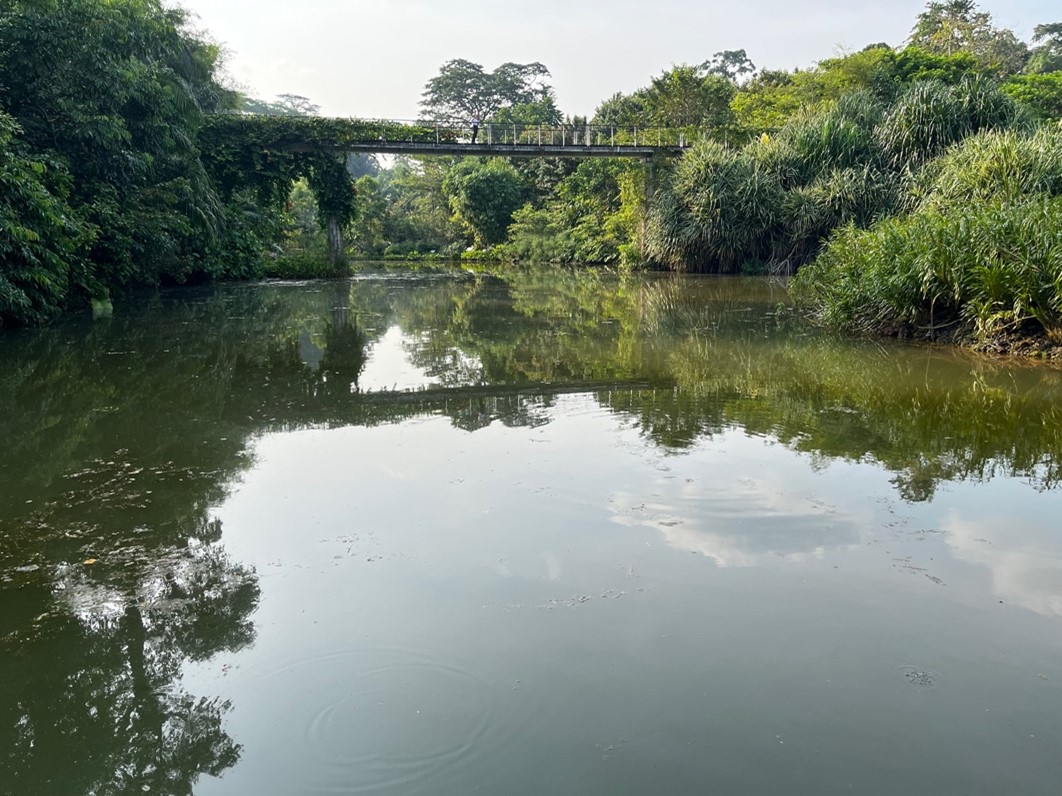
Figure 1: Photo taken of the Learning Forest at the Singapore Botanic Gardens
Throughout the learning journey, students’ prior knowledge of concepts learnt in the classroom will be activated and new concepts will be introduced, building new schema. Students will also be encouraged to draw connections between theory and real-world observations during their outdoor experience. As a form of extension, students will be taught a new concept of biomimicry, which is about the science of applying nature-inspired designs in human invention to solve problems. Students will work in groups (collaborative learning) to discuss their ideas and to come up with a possible solution inspired by nature. In groups, they will create a poster (Figure 2) and present it to their classmates. Through this activity, I hope to strengthen students’ 21st century competencies in the aspects of (i) Critical and Inventive Thinking as well as (ii) Communication, Collaboration, and Information Skills. Students will also be given the opportunity to learn across multiple disciplines, which includes: (i) applying science concepts, (ii) the use of English Language to communicate their findings and solutions, and (iii) how they can contribute to society.
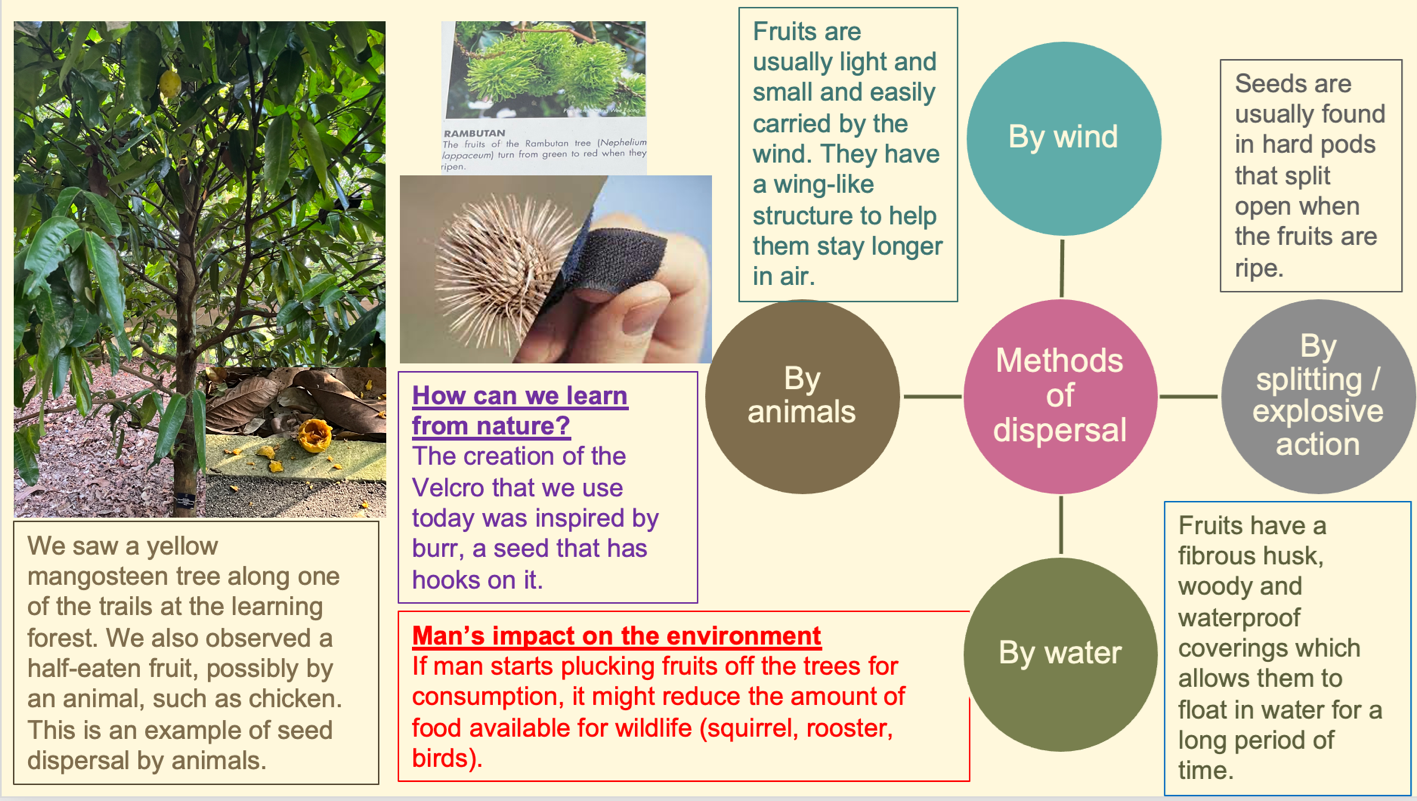
Figure 2: Example of the poster which will be created by students
Drawing connections from the learnings of my English and Science curriculum studies, I can better appreciate the interconnectedness of both my curriculum subjects (CS). Although Science has a greater focus on the understanding of scientific concepts, English also plays an important role in the understanding of concepts as it is the language used in the delivery of knowledge. Just like how scientists need to communicate their research findings through publications, it is important for students to gain proficiency in the English Language to be used in authentic contexts. This is also something that I am very fond of with the evolution of the aim of teaching English Language. In the 1950s to 1960s, the teaching of English Language was more prescriptive, focusing on form and accuracy. However, in today’s context, the aim of teaching English Language is for it to be used as a language for effective communication and to develop communication skills that are essential in the 21st century. This further emphasises the interrelatedness between both subjects.
Life-deep
As self-directed learners, students will be more disposed to engage in life-deep learning activities, as they constantly seek ways to deepen their understanding of a particular topic that they are interested in. Equipped with skills like self-awareness and self-management, it also encourages students to reflect on their learnings and inquire to find out more about what they do not know yet.
Life-deep learning helps us to become better versions of ourselves and to improve in our areas of expertise so that we remain competent and relevant to society. In many ways, I see myself engaging in life-deep learning as I embark on my teaching career, honing my craft, learning, and applying new teaching pedagogies to help my students learn better. I reflect on my learnings (theory) or observations (in classrooms) and try to adapt my lessons to better suit my learners’ profiles and needs.
During my untrained teaching stint, I was teaching primary one English and I never quite understood some of the practices in the English Language classroom. Through the course, QCE50R (Teaching English in the Primary School I), I learnt important teaching pedagogies such as the Shared Book Approach (SBA) and Modified Language Experience Approach (MLEA), and the reasons underlying the teaching actions. In groups, we carried out microteachings for SBA and MLEA during our tutorial class. These microteaching sessions were valuable learning experiences for me - I learnt from my group mates as we planned for the lesson and executed them together. Our fellow classmates served as a critical eye to provide constructive feedback on how we can improve our future lessons.
For the SBA microteaching lesson, the lesson was pitched at a primary two class. Our teaching actions were aligned to the main learning objective of SBA Day One lessons, which is for students to comprehend the story (big book). Questions asked during the big book reading help students to predict and anticipate the story development. Visual props were used to help deepen students’ understanding of the story content. As the teacher, we read aloud expressively to make the reading experience an enjoyable one for students. We also showcased how visual or written cues were used in the meaning making process.
While planning for my microteaching, I was more intentional in asking questions that were relevant to the story context instead of asking about everything that can be observed from the pictures in the big book. From the lesson enactment, I learnt that the planned questions should take into consideration the students’ profiles and phrased in a manner that can be understood easily. Understanding easily does not mean asking simple questions; higher-order thinking questions should also be posed so that students can engage their critical thinking skills as they read the book. There should be a fair mix of questions on observations, inference, and prediction.
During the microteaching lesson, I was able to read clearly with good use of intonation and pacing. I had a good distribution of questions among the students in the class and facilitated students’ responses well. I chose to use a music video as a tuning-in activity to get students interested and for them to settle down quickly.
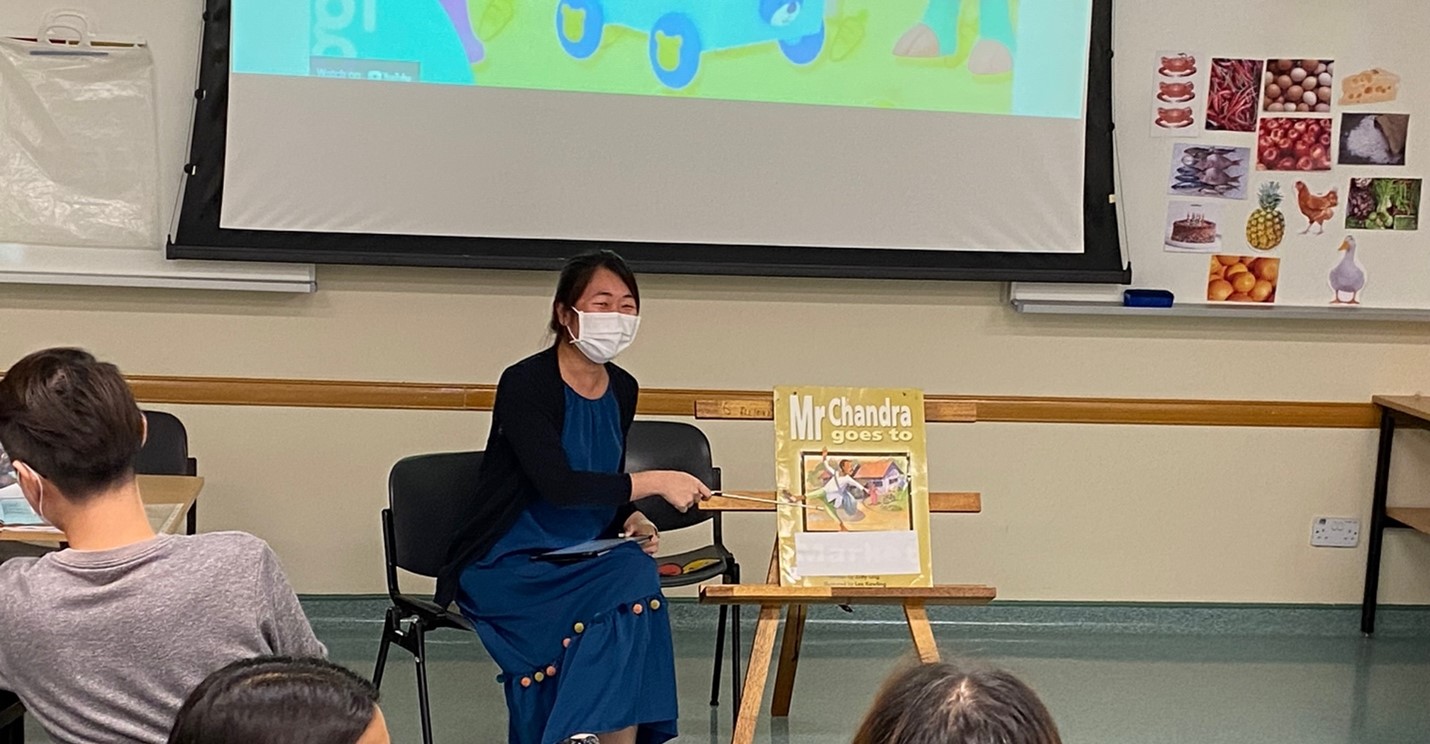
Figure 3: Photo taken during SBA microteaching lesson
The music video selected was “Going to market” by Hogi and friends. The upbeat music was well received by the students. However, I could have been more explicit in drawing connections between the tuning activity and the big book. For example, I could have asked students some questions related to the music video and get them to guess how it might be related to the big book that we were about to read, “Mr. Chandra goes to market.” Also, one challenge that I encountered during the lesson enactment was, how can I build on students’ responses to facilitate the articulation of targeted responses? This is something that must be done intentionally during the lesson and requires practice.
Another learning point that I gathered from this practice was the importance of classroom management. I believe that the first step to success for any lesson, would be to set clear classroom expectations and routines. SBA Day One is a fast-paced lesson which includes teacher talk of spontaneous comments and reactions, and questions to help students focus on visual cues and story context. Without good classroom management, the process may be chaotic with many students talking at the same time.
When it was time for our MLEA microteaching lesson, our group took up the feedback from our SBA microteaching lesson and used them to improve our MLEA microteaching lesson. This time, the tuning-in activity was closely related and explicitly linked to our main experience, with teacher talk before and after the video, which helped students to follow the lesson. After the SBA microteaching experience, we were more mindful about the questions planned to facilitate the class writing task. As a group, we vetted our planned questions and tried to elicit possible students’ responses. This helped us in modifying the questions asked, directing students’ responses to the target text.
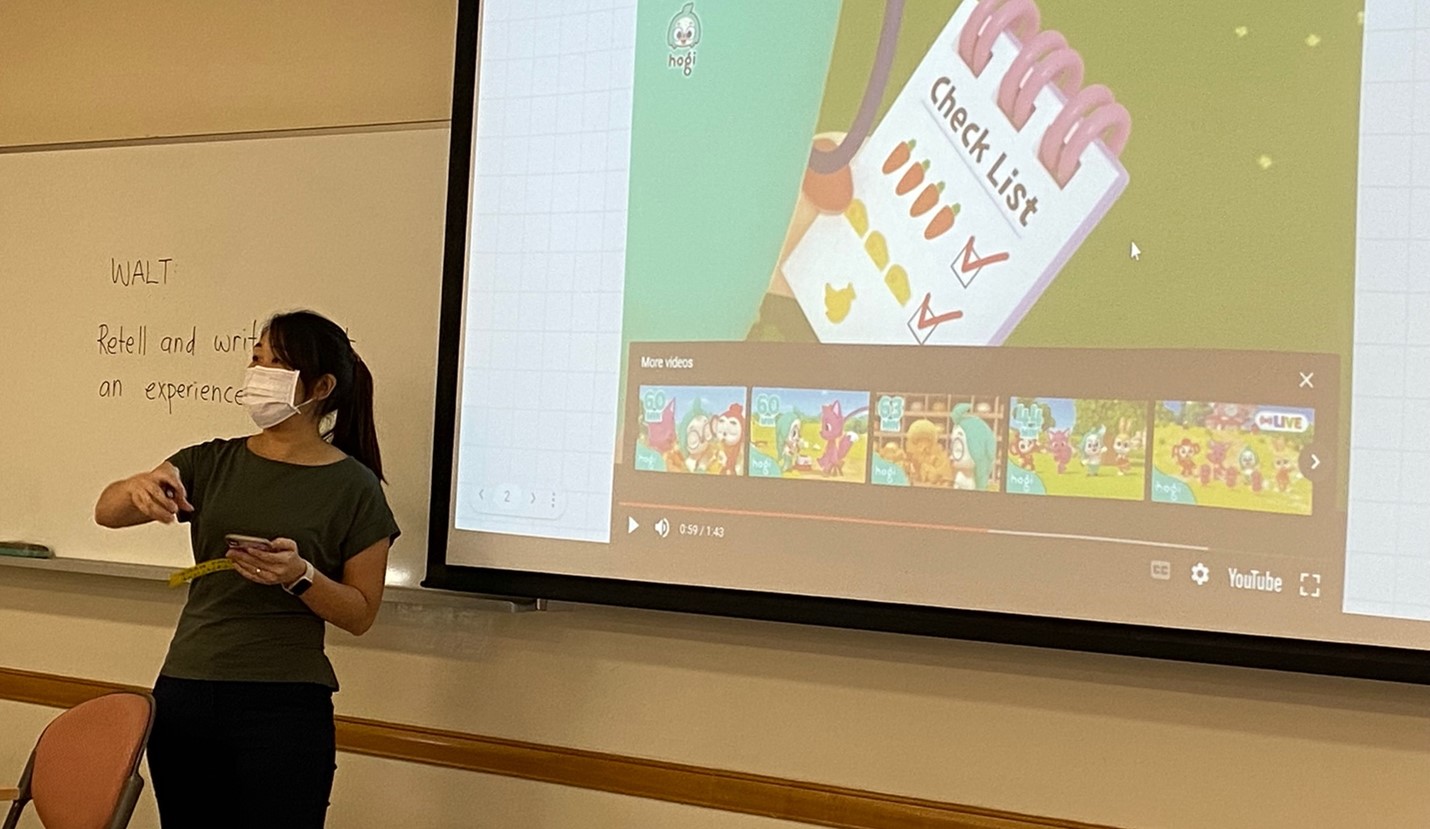
Figure 4: Picture taken during MLEA microteaching lesson
To mimic how a similar STELLAR (Strategies for English Language Learning and Reading) unit would be like, where the story content of the big book is usually linked to the writing task, our group decided to create a MLEA experience of going to the supermarket. We decorated our tutorial room with do-it-yourself (DIY) props. I am thankful for my group mates, Kaitlyn, Nabilah, Benjamin, and Wei Xiong. Without them, we would not have been able to execute this MLEA experience for the class. As the famous quote by John C. Maxwell (2002) says, “teamwork makes the dream work”. This MLEA experience also taught me the importance of working as a team with my future fellow colleagues. Together, we will be able to create meaningful and interesting learning experiences for our students.
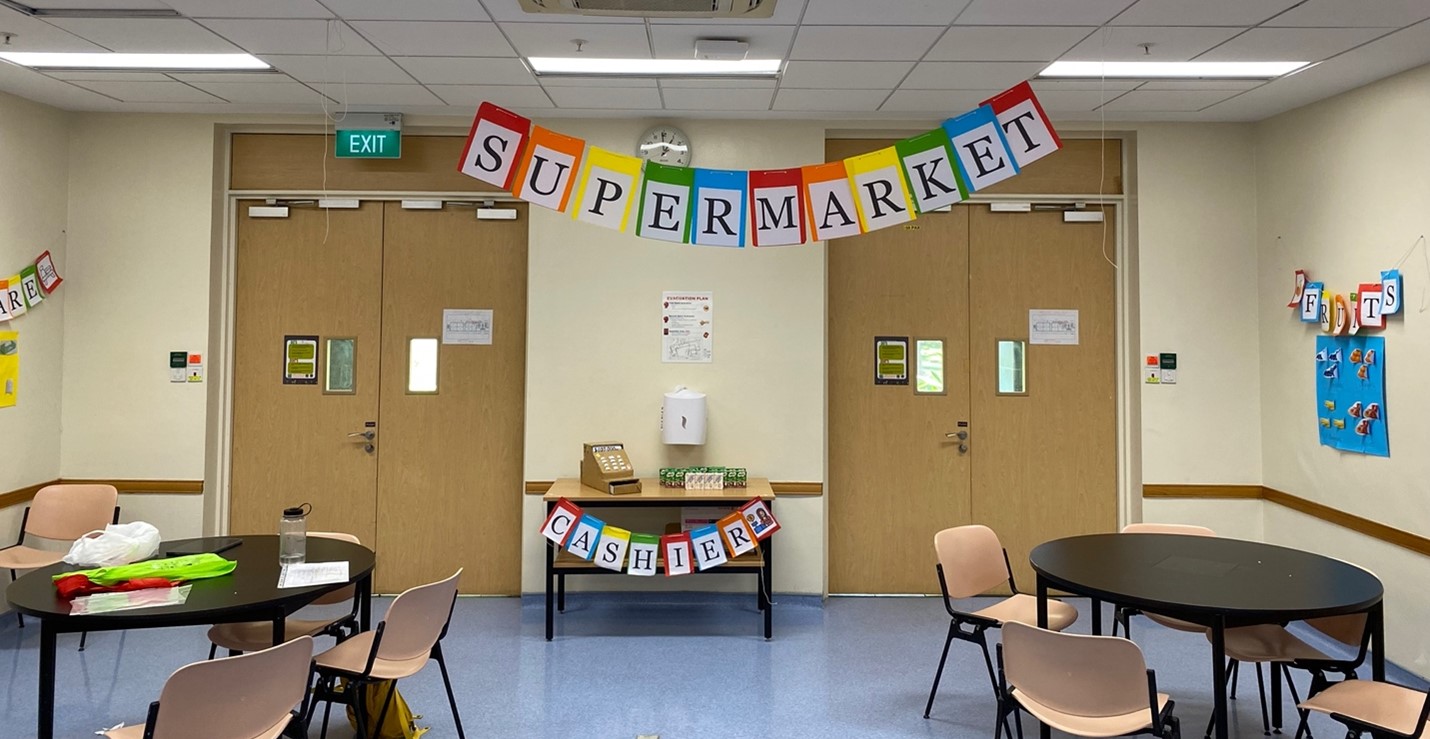
Figure 5: Picture of MLEA learning experience (Going to the supermarket) in a tutorial room
Life-wise
For my Group Endeavours in Service Learning (GESL) project, our group conducted a life skills workshop at Children’s Wishing Well for a group of twenty students across various levels (primary 1 – 6). During this workshop, we shared with students the food waste issue in Singapore, as well as some actions which can be taken by individuals to reduce food waste. We also taught the students how to create their own compost pots with food waste. It was a multidisciplinary project where students had the opportunity to decorate their own compost pots (Art), observe how earthworms help in the breaking down of food (Science), and learn how they can play their part in reducing food waste (Social Studies). This is a good example of how we can encourage life-wise learning in our classrooms, where students play an active role in tackling the food waste issue in Singapore. Singapore is a small country with limited natural resources, and we import more than 90% of our food supply from other countries. We also have limited space for landfill waste. Hence, as individuals, we can play our part by reducing food waste, through ways such as ordering only what we need, and by using food compost pots. Exploring the food waste issue in Singapore and finding ways and strategies to reduce food waste emphasised how we, as individuals, can play a part in tackling a problem in Singapore. No one owes us a living, and no one owes Singapore a living. We must contribute and take action to help solve the food waste problem in our country.
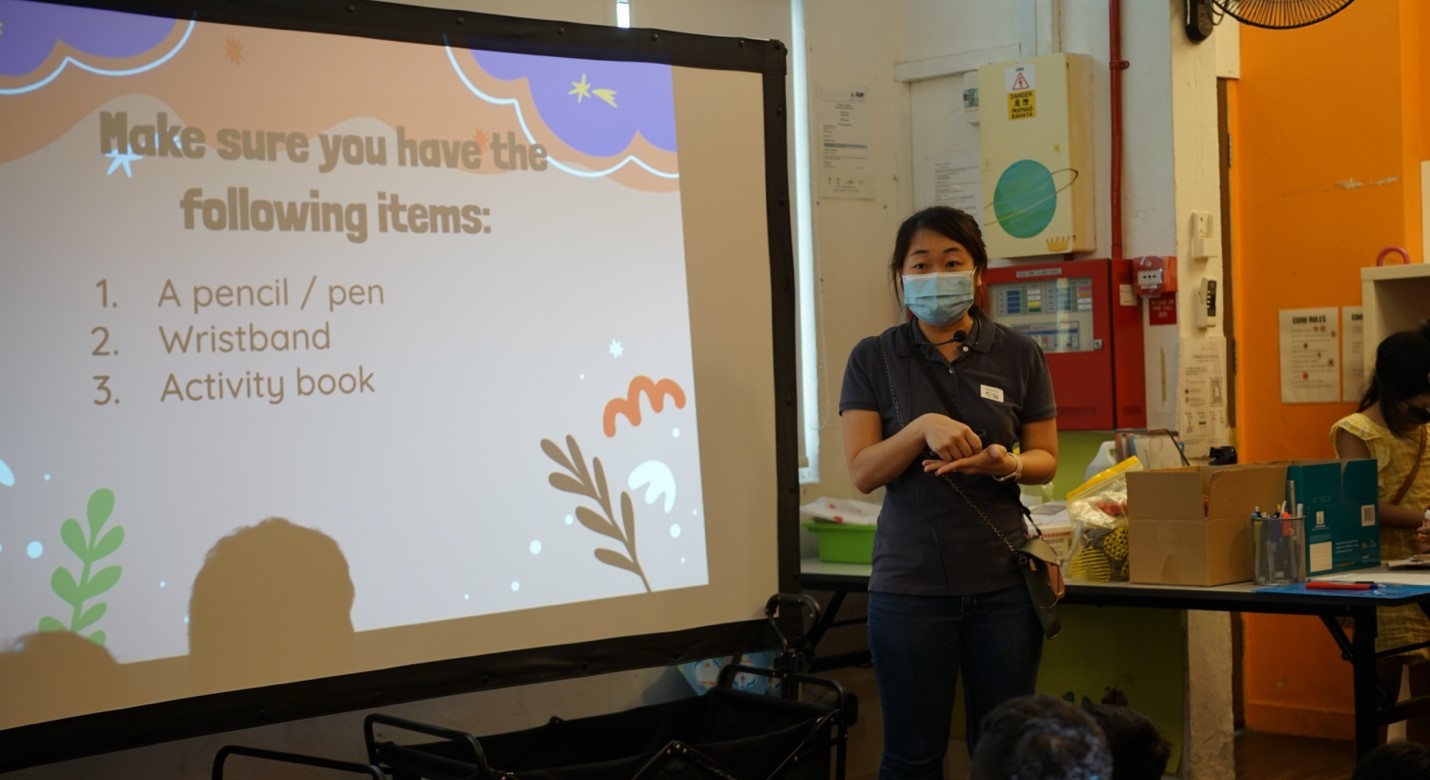
Figure 6. Students’ briefing at the workshop
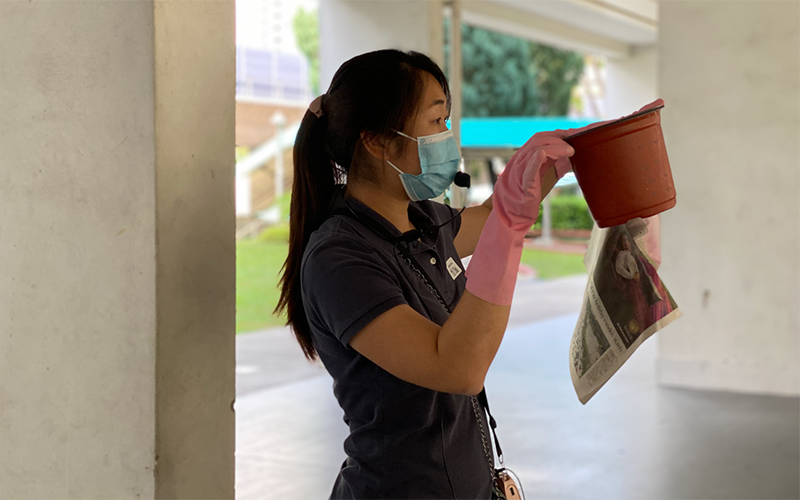
Figure 7: DIY compost demonstration
My GESL group was made up of student teachers with different teaching subjects. We were of different races and religions, and had different working styles and beliefs. The diversity in our group taught us to respect the different views that we had and to appreciate different perspectives. Through this project experience, we learnt from one another and learnt how to work collaboratively as a group, regardless of race and religion. Similarly for our participants, there was no discrimination between the students of different races and religion. There was also a good mix of students from different levels (primary 1 to 6).
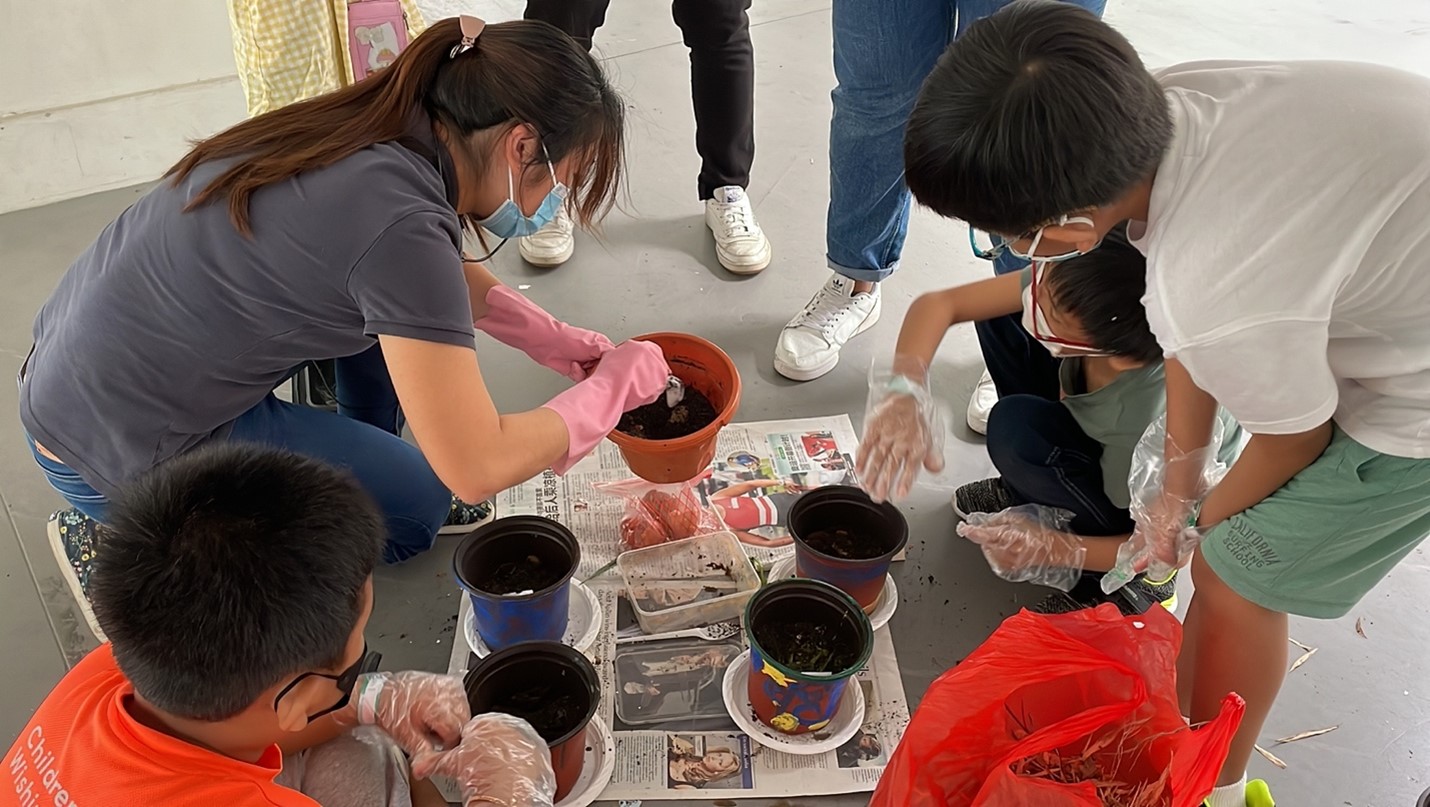
Figure 8: DIY compost workshop
Finally, my learning from my GESL project provided an overall summary of my learnings from NIE. I learnt that my efforts will eventually pay off and that we should be firm with our beliefs. Each setback that we face is a learning opportunity for us. There are many similarities between the planning of the food waste workshop at Children’s Wishing Well and the planning of a classroom lesson. When planning the content for the workshop, I found myself making use of the skills and knowledge that I have learnt from my education studies modules such as educational psychology and teaching and managing learners. I was more mindful about how the workshop will be delivered to the participants while taking into consideration the learners’ profile and readiness. We also ensured students’ engagement through various hands-on activities, which encouraged ownership of learning and created an experiential learning experience for the students. Therefore, good planning is essential, be it for an event or a lesson. As Benjamin Franklin famously said, “If you fail to plan, you are planning to fail.”
My GESL group was made up of student teachers with different teaching subjects. We were of different races and religions, and had different working styles and beliefs. The diversity in our group taught us to respect the different views that we had and to appreciate different perspectives.
As the group leader of my GESL group, I was greatly involved in planning the project from ideation to execution. Our group did not have an easy start. We reached out to several organisations such as Food Bank, Families for life, Edible Garden City, etc. However, we did not receive positive responses on suitable collaboration opportunities. We persevered and got the opportunity to conduct the workshop at Children’s Wishing Well. Although the process of securing a collaborator wasn’t easy, the rejections allowed me to have a better understanding of the needs of various organisations. Different organisations take on strategies to tackle a particular issue and this also taught me how to view an issue from different perspectives. When seeking for collaborations, we must be mindful of the aim of our project and to be flexible in possible ways to achieve our aim.
Similarly, in teaching, we sometimes face obstacles and challenges in our classrooms and will have to employ various strategies to help our students achieve their learning objectives. Despite setbacks, we try again and through the process we understand our students better and come up with lessons that are more suited for our learners’ profile.
References
Bell, P., Lewenstein, B., Shouse, A., & Feder, M. (2009). Learning science in informal environments: People, places, and pursuits. Washington, DC: National Research Council.














/enri-thumbnails/careeropportunities1f0caf1c-a12d-479c-be7c-3c04e085c617.tmb-mega-menu.jpg?Culture=en&sfvrsn=d7261e3b_1)

/cradle-thumbnails/research-capabilities1516d0ba63aa44f0b4ee77a8c05263b2.tmb-mega-menu.jpg?Culture=en&sfvrsn=1bc94f8_1)
